Vacuum Casting
Vacuum casting is a prototype manufacturing process that uses silicone molds to quickly create urethane casting parts for the production of small batches of functional parts.
- Home
- Technologies
- Vacuum Casting
What is Vacuum Casting?
Vacuum casting (also known as urethane casting) is an economical alternative to low-volume injection molding of plastic parts and can be used to closely simulate final molded parts or finished products. Generally, molds are made from silicone rubber and use CNC machining or SLA part as a master pattern. These molds duplicate intricate details and textures and give consistent finishes from one part to the next. You can get production-like results including mechanical traits, wall thickness, colors, and surface finishes.
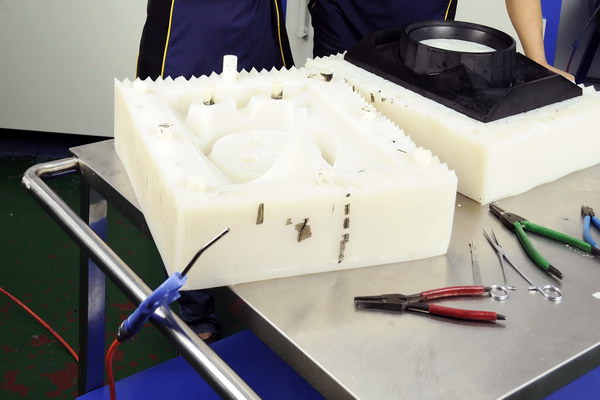
Advantages of Vacuum Casting
Cast urethane parts are made of cheap molds, eliminating the need to invest in expensive and time-consuming metal tooling. It is a cost effective method for making high quality prototypes and low volumes of parts.
Up to 50 functional cast urethane parts can be produced in 10 to 15 days when you choose vacuum casting.
Casting resins materials range from soft and flexible to rigid and impact-resistant, as well as colored and clear.
Vacuum casting provides end-use parts of high precision and fine details with production-level quality.
Urethane casting can provide better surface textures compared with CNC prototyping or 3D printing.
How Vacuum Casting Works
The vacuum casting process has three steps: master pattern, molding, and casting.
Step 1. Master Pattern Making
The quality of the casting urethane parts is determined by the quality of the master pattern, which is best machined by CNC when you need to hold tight tolerance, glossy finish, or even optically clear. In addition, we also will consider making the master by SLA for those parts with more complex shapes and structures.
We can paint parts surface for texture or satin effect to simulate the final mold texture of the product. The silicone molds will copy the details and textures from the original master, so the cast urethane parts will come out the same as the master model without any extra finish on the surface.
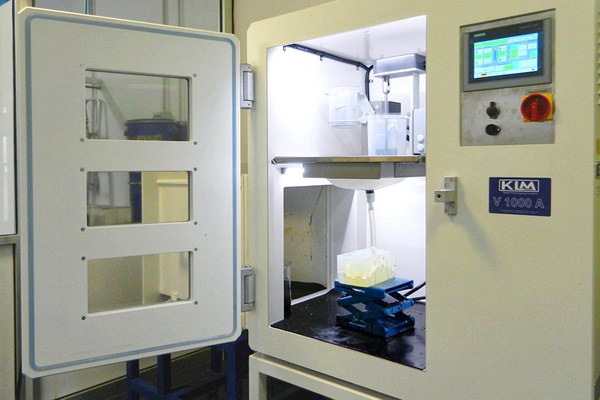
Step 2. Silicone Mold Making
Step 3. Casting Process
Excellent Urethane Casting Services
We produce a low volume of production quality parts.
Vacuum Casting Materials
Urethane resins are polymers with a wide range of properties and use. WayKen offers various urethane materials to meet your applications, including Hei-Cast from Japan and Axson from France. Materials with certain properties are similar to engineering production plastics, such as ABS, PMMA, PC, PP, PA, and so on. Casting parts can be varied from transparent, translucent to colored, and from soft rubber to hard plastic. Various materials contain those impact-resistant, high-temperature resistant (120℃) or fire-resistant (UL94-V0), glass-filled resins, and different hardness silicone.
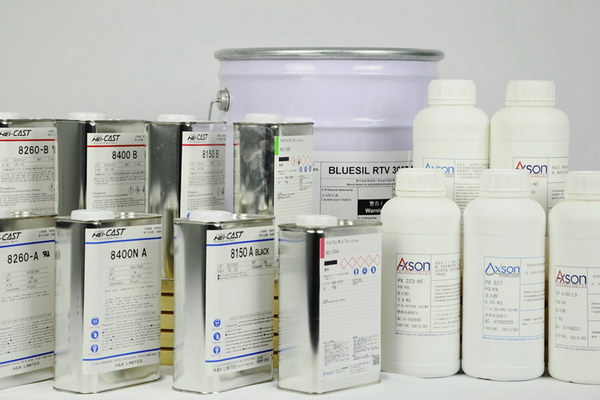
Technical Guide for Vacuum Casting
Standard accuracy
Standard tolerance on ±0.15mm/100mm, with the highest precision able to reach ±0.05 mm.
Maximum part dimensions
The vacuum equipment can hold 2.0M*1.2M*1.0M mold specifications.
Minimum wall thickness
The minimum wall thickness is 0.5mm, the best is 1.5mm~2.5mm to ensure the mold is filled properly.
Lifetime of the silicone mold
Typical quantities up to 20-25 copies per mold. If the part requires high quality such as clear or complex structures, in typical quantities one mold can only make 12 or even 10 casting parts.
Standard lead time
Up to 50 copies can be produced in 7 to 10 days, depending on the mold’s complexity and volumes.
Surface textures and other functions
Colored, textured, painted, coated, clear polished, insert, and over-molding.
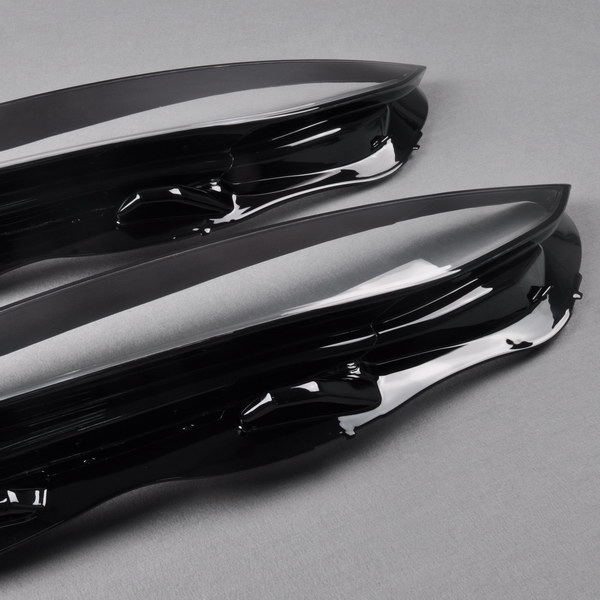
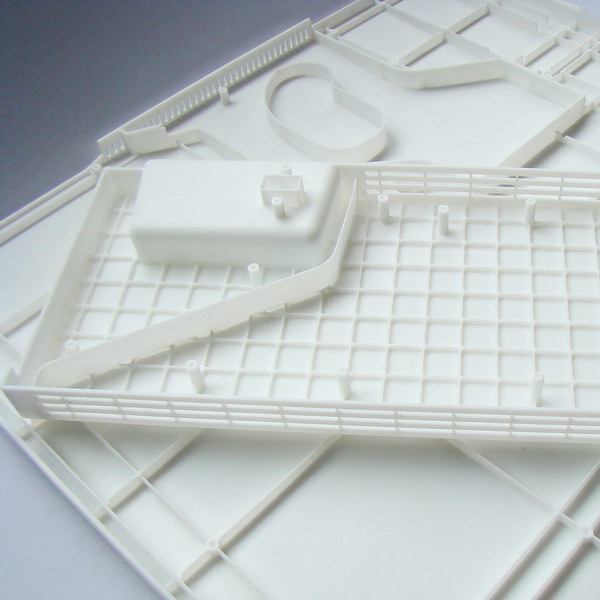
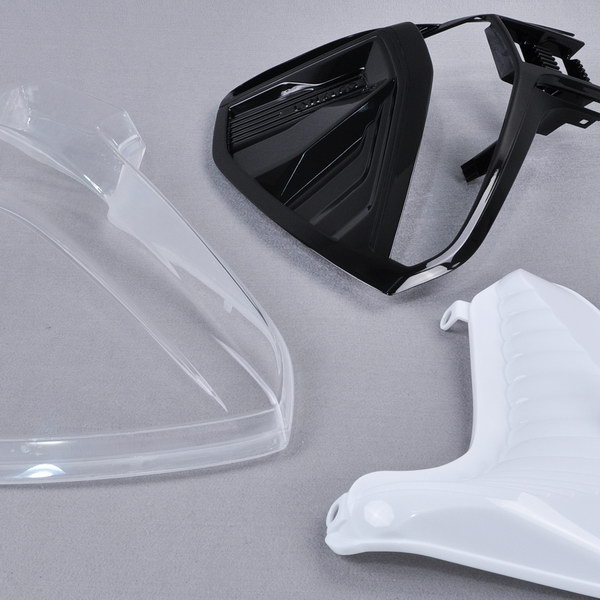
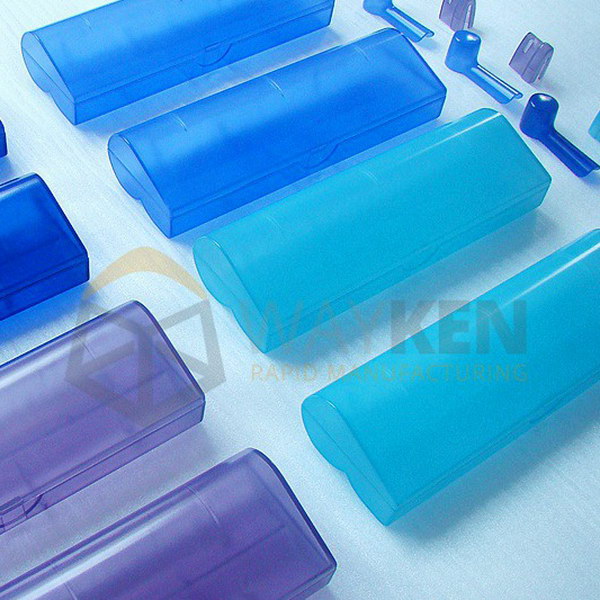
The Applications of Vacuum Casting
Vacuum casting is a great method to manufacture low-volume production runs for functional prototypes and plastic parts and helps you strike the right balance between high-quality, end-use parts and production lead-time.
The urethane casting is perfect for high-quality plastic prototypes. When volumes do not justify investment in injection molding and short-run production parts, it can complete weeks before production tooling is ready. Our advanced rapid prototyping manufacturing services help you to create custom and complex production parts in low volumes faster than traditional tooling and molding.
The casting urethane part can be a full set aesthetic model with various colors, textures, and surface finishes under the same design idea. If have no idea about what color would be the most suitable for a final product, you can make a silicone mold to produce 10-15 castings and paint each cast part with your design colors and textures to discuss internally during a meeting among design departments or even management meetings.
The vacuum casting process and relatively inexpensive tooling involved make it easy and economical for any necessary engineering verification and design changes. Additionally, these would be used to do function testing before testing the mass production products and issue reports or even get any certification approval.
End-user functionality and a high-quality finish make urethane cast parts ideal for consumer testing and user evaluation. The application of the cast urethane process means that changes can be quickly made for either further testing or market launch. At any trade shows or exhibitions, you can display several modeled pieces to clients who are interested. Urethane molding is also needed for photos in preparing the company brochure or being posted on the official website to more potential clients.





